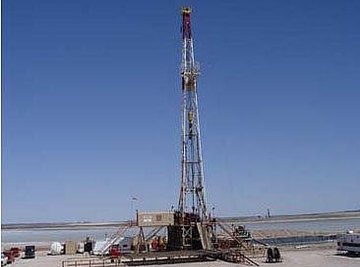
Introduction
Natural gas has slowly gained speed in its popularity over other household energy sources such as oil or electricity. This is largely due to the number of natural gas lines being built to power many of the newer residential developments, as well as many of the preexisting neighborhoods. Natural gas has many benefits, with the most beneficial being how clean it burns, even though its mining process is similar to other fossil fuels that are not as clean.
Where it Comes From
Natural gas can come from exclusive deposits of natural gas, or it is also often present wherever there are natural deposits of oil. However, mines that contain only natural gas are much more beneficial as they tend to have a longer lasting supply of the product.
Types of Gas Deposits
Natural gas is mined much in the same way that oil is. First a large piece of drilling equipment is used to drill through the soil and rocks to reach the natural gas deposit. According to the Natural Gas Website, there are two different kinds of natural gas deposits, deep and conventional. While conventional gas is usually closer the surface and easily accessible by conventional drill bits, most deep gas deposits are located deep within the earth's surface. Some of these deposits can range as far as 15,000 feet into the ground. This makes most deep gas deposits more expensive on the market due to the extra work needed to gain access to the deposit.
The Process
Once the gas deposit has been reached, the temperature is dropped inside the deposit low enough to turn the natural gas into its liquid state. This is done with liquid nitrogen. The natural gas liquid is then transported to the surface by pumps where it can either be stored in large tanks or transported to wherever it is needed.
Conversion to Electricity
When natural gas is used to power homes and businesses, it goes from the pipelines into a burner. The flame in the burner activates the gas to be converted into heat. That heat is then used to boil water which releases steam. The steam is allowed to slowly build up pressure until it is suddenly released. The pressure of the steam is then released. It forces its way over a turbine, forcing it to turn. The turbine is hooked to a generator which turns as the turbine turns. The turning of the generator creates electricity. That electricity is then used to power homes and businesses throughout the United States. It does this all without releasing harmful greenhouses gases or other toxins that can affect the environment.
About the Author
Chris Sherwood is a professional journalist who after years in the health administration field and writing health and wellness articles turned towards organic sustainable gardening and food education. He now owns and operates an organic-method small farm focusing his research and writing on both organic gardening methods and hydroponics.
Photo Credits
http://www.netl.doe.gov
